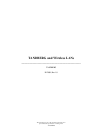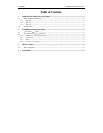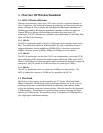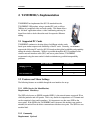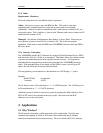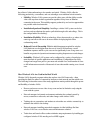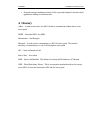
TANDBERG TANDBERG and Wireless LANs
2. TANDBERG’s Implementation
TANDBERG has implemented the 802.11b standard into the
TANDBERG 1000 product, using a standard PC card, to deliver
768kbps of exceptional video and audio quality. This feature allows
for ‘hot desk’ applications where a video conferencing unit may be
shared from desk to desk without the need for expensive Ethernet
cabling.
2.1 Supported PC Cards
TANDBERG continues to develop drivers for different wireless cards
based upon market requests and availability of the PC cards. Currently, TANDBERG
supports the following PC cards for 802.11b based on their global availability and popularity
among the wireless community. While it is possible through the 802.11b standard to mix
wireless network interface cards (NIC) and access point vendors, TANDBERG
recommends using the same vendor for both to minimize any possible interoperability
problems.
B3.3 (and later) B4 (and later)
Compaq WL110
v v
Lucent Orinoco Silver
v v
Lucent Orinoco Gold
v v
Cisco Aironet 350
v
2.2 Features and Menu Settings
The following features are available through the user interface for set up.
2.2.1 SSID (Service Set Identification)
Requirement: Mandatory
The SSID, also known as ESSID (extended SSID), is the network name or network ID on
which the particular unit will operate. This is very similar in comparison to a NT domain and
can be comprised of text and/or numbers. It is important to use the same SSID as the
access point. If the SSID in the TANDBERG unit is incorrect (this includes case sensitive
mistakes) the unit will not be able to communicate with the access point. The SSID is a case
sensitive label.
2.2.2 Community
Requirement: Optional



